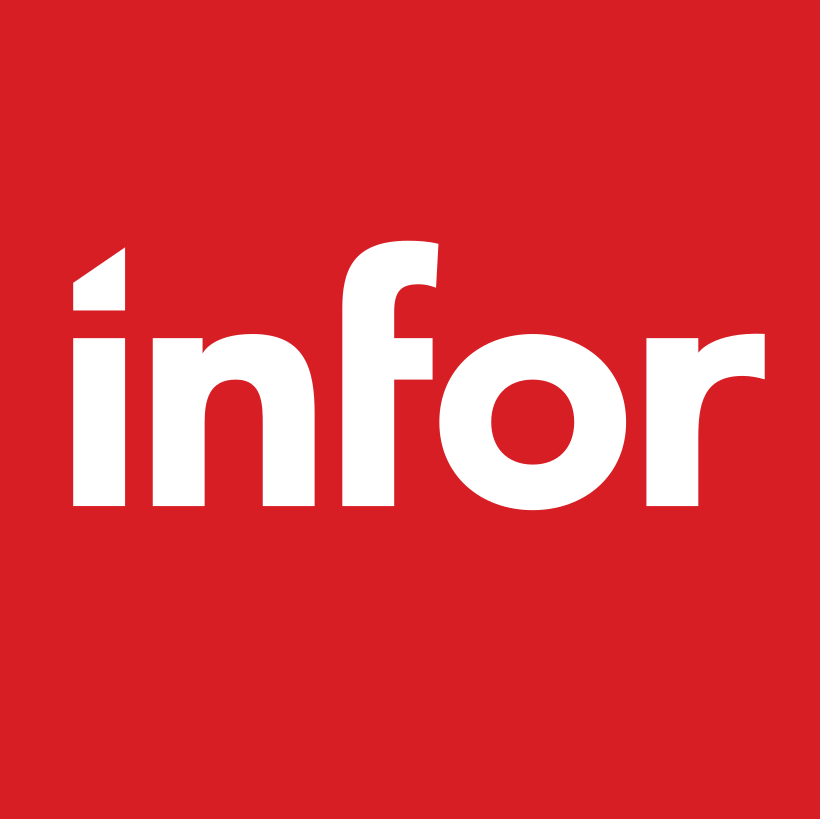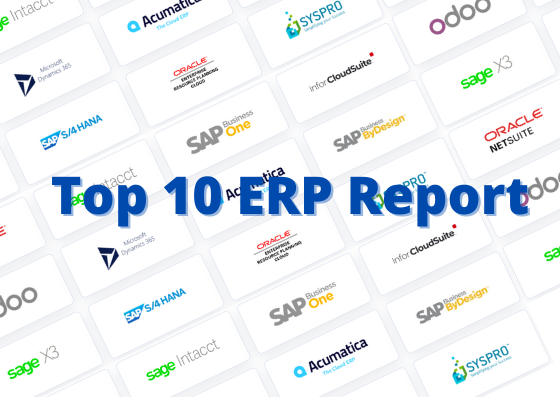
ERP Software Analysis
Infor CloudSuite Supply Chain Management Module Overview
INFOR CLOUDSUITE SUPPLY CHAIN MANAGEMENT MODULE OVERVIEW
Sales Order Management:
-
- Quoting and Estimating: Create accurate estimates and quotes using integrated data such as material costs, labor, overhead, and more.
- Order Processing: Manage the entire order lifecycle, from receipt of customer purchase order through delivery and invoicing.
- Backorder Management: Automatically manage and track backorders to keep customers informed about order status.
- Customer Relationship Management Integration: Leverage integration with CRM systems to provide seamless communication between sales and operations.
- Multichannel Support: Handle sales orders from multiple channels including direct sales, e-commerce, and EDI.
- Customer Specific Pricing: Set up customer-specific pricing rules including volume discounts, contract pricing, and promotional pricing.
Inventory Management:
-
- Real-Time Inventory Tracking: Maintain an accurate count of all items across multiple warehouse locations.
- Inventory Valuation: Determine the real-time value of items in inventory based on costing methods like FIFO, LIFO, average, standard, etc.
- Safety Stock Management: Automatically calculate safety stock levels to ensure you can meet demand while minimizing inventory carrying costs.
- Lot and Serial Traceability: Track individual lots or serial numbers through the supply chain, crucial for recall management and meeting regulatory requirements.
- Multi-location Management: Handle multiple storage locations within a warehouse or across multiple warehouses.
- Inventory Classification: Classify inventory into groups (like ABC classification) for efficient management and control.
Demand Planning and Forecasting:
-
- Demand Forecasting: Use machine learning and historical sales data to accurately predict future demand.
- What-if Analysis: Conduct what-if analysis to understand how changes in demand could affect your supply chain.
- Demand Segmentation: Segment demand into different categories based on factors like product type, sales channel, and geography to create more accurate forecasts.
- Collaborative Demand Planning: Involve multiple stakeholders in the demand planning process including sales, marketing, and key customers.
- Intermittent Demand Forecasting: Handle products with intermittent or lumpy demand using specialized forecasting techniques.
Purchase Order Management:
-
- Supplier Price Comparison: Compare prices from different suppliers to ensure you're getting the best deal.
- Automated Replenishment: Automatically generate purchase orders based on inventory levels and demand forecasts.
- Supplier Portal: Allow suppliers to access a portal to view purchase orders, update delivery status, and communicate with the purchasing team.
- Three-Way Match: Automate the three-way match process between purchase orders, goods receipts, and invoices.
- Blanket Orders: Manage long-term supply agreements with suppliers using blanket orders.
Production Scheduling:
-
- Finite Capacity Scheduling: Consider finite resources such as labor, machine hours, and materials while scheduling production.
- Material Requirements Planning (MRP): Automatically generate production plans and purchase orders based on the demand forecast and current inventory levels.
- Sequence Optimization: Optimize the production sequence to minimize setup time and cost.
- Real-time Scheduling: Adjust the production schedule in real time based on changes in demand or disruptions in the supply chain.
- Capacity Leveling: Evenly distribute workload across resources to avoid bottlenecks and underutilization.
Warehouse Management:
-
- Warehouse Optimization: Optimize warehouse layout for efficient storage and retrieval of items.
- Barcode Scanning: Use barcode scanning for accurate tracking of inventory movements.
- Directed Put-away and Picking: Automatically direct workers to the optimal storage or picking location based on rules.
- Cross-docking: Support cross-docking operations to minimize storage time and expedite delivery.
-
- Cycle Counting: Implement a cycle counting program to maintain inventory accuracy without disrupting operations.
Shipping and Logistics:
-
- Carrier Selection: Choose the most cost-effective carrier based on factors like cost, transit time, and carrier performance.
- Freight Management: Consolidate shipments, manage freight contracts, and track shipments in real-time.
- Export Documentation: Generate export documentation such as packing lists, bills of lading, and commercial invoices.
- Delivery Tracking: Provide real-time tracking of deliveries to customers.
- Freight Audit and Pay: Automate the process of auditing freight invoices and making payments.
Supplier Relationship Management:
-
- Supplier Performance Tracking: Monitor supplier performance based on factors like quality, delivery time, and price.
- Contract Management: Maintain a central repository of all supplier contracts and track compliance.
- Risk Management: Evaluate and manage supplier risks based on factors like financial stability, geopolitical risk, and single-sourcing.
- Supplier Development: Implement programs to develop suppliers and improve their performance.
- Constraint-based Scheduling: Consider factors like machine capacity, labor availability, and material availability while scheduling production.
- Scenario Planning: Evaluate different production scenarios to manage risk and respond to changes in demand.
- Demand Driven MRP (DDMRP): Use the principles of Demand Driven MRP to manage material flow and buffer levels.
- Rough Cut Capacity Planning (RCCP): Use RCCP to validate the feasibility of the master production schedule based on critical resource capacity.
- Reporting and Dashboards: Create custom reports and dashboards to monitor key supply chain metrics.
- Predictive Analytics: Use predictive analytics to forecast future trends and make data-driven decisions.
- Data Mining: Discover patterns and relationships in your data to gain new insights.
- Advanced Analytics: Use advanced analytics techniques like machine learning to predict future trends and optimize your supply chain.


